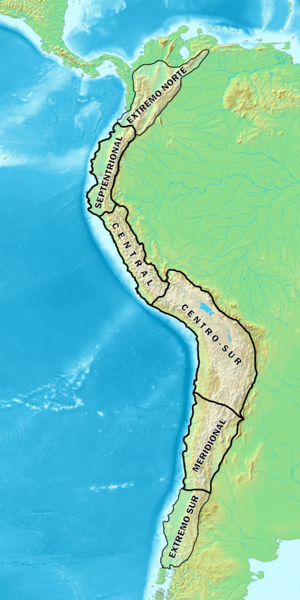 The UN Office on Drugs and Crime (UNODC) this week released its latest figures on coca cultivation in the Andean nations—to the pride of Peru but chagrin of Colombia. Most dramatic was the bad news from Bogotá. The new Colombia Coca Survey (PDF), jointly produced by UNODC and the country's government, shows a nearly 40% increase in coca crop area—from 69,000 hectares in 2014 to 96,000 in 2015. This is twice the 48,000 figure for 2013. Coca leaf reached its highest price in Colombia in 10 years, shooting up 39.5% to $1.02 per kilogram (3,000 pesos). Bo Mathiasen, the UNODC representative in Colombia, told reporters the country is now cultivating more coca than Peru and Bolivia combined. (InfoBae, July 9; UNODC, July 8)
The UN Office on Drugs and Crime (UNODC) this week released its latest figures on coca cultivation in the Andean nations—to the pride of Peru but chagrin of Colombia. Most dramatic was the bad news from Bogotá. The new Colombia Coca Survey (PDF), jointly produced by UNODC and the country's government, shows a nearly 40% increase in coca crop area—from 69,000 hectares in 2014 to 96,000 in 2015. This is twice the 48,000 figure for 2013. Coca leaf reached its highest price in Colombia in 10 years, shooting up 39.5% to $1.02 per kilogram (3,000 pesos). Bo Mathiasen, the UNODC representative in Colombia, told reporters the country is now cultivating more coca than Peru and Bolivia combined. (InfoBae, July 9; UNODC, July 8)
In contrast, the new Peru Coca Survey (PDF) shows a 6% decrease in coca cultivation area—from 42,900 hectares to 40,300. The report especially cited Peru's continued eradication efforts for the success. (UNODC, July 13)
Bolivia scored a modest decline of 1% that country's Coca Crop Monitoring Survey (PDF)—from 20,400 hectares to 20,200. This was said to be its lowest since UNODC began its monitoring survey in 2003. (UNODC, July 5)
For those with long memories, there is a sense of deja vu here. For over a generation now, Colombia and Peru have been vying for (or, officially, strugglging to avoid) to top spot in coca production. Cultivation has surged in one country in response to a crackdown in the other, in what has been called the "baloon effect." Colombian gains against coca leaf over the past decades as production rose in Peru merely reversed the situation of the 1990s, when gains in Peru pushed production into Colombia. The cycle now seems to be coming 'round again.
The results will put more pressure on Colombia to resume glyphosate spraying, which was suspnded last year over health concerns. The Washington Post does not fail to mention this as a factor in its coverage (although the UNODC report itself did not emphasize it). Never mind that Peru has acheived its impressive results without spraying toxic chemicals.
Another inconvenient reality is that the biggest success story is Bolivia—which has booted the DEA from the country, and withdrawn from the Single Convention treaty. Now, even Bolivia does eradicate in certain areas, and has seen cocalero protests demanding a more tolerant policy still. But it surely isn't a coincidence that lowest cultivation is in the one country among the three Andean producers that does not view the principal problem as coca production itself, but as impoverishment of the peasantry by inequitous land distribution—and has been taking measures to correct that.
Cross-post to High Times
Graphic: Wikipedia







Recent comments
1 day 7 hours ago
1 week 14 hours ago
5 weeks 21 hours ago
8 weeks 6 days ago
12 weeks 6 days ago
13 weeks 4 days ago
23 weeks 4 days ago
27 weeks 5 days ago
28 weeks 5 days ago
28 weeks 5 days ago